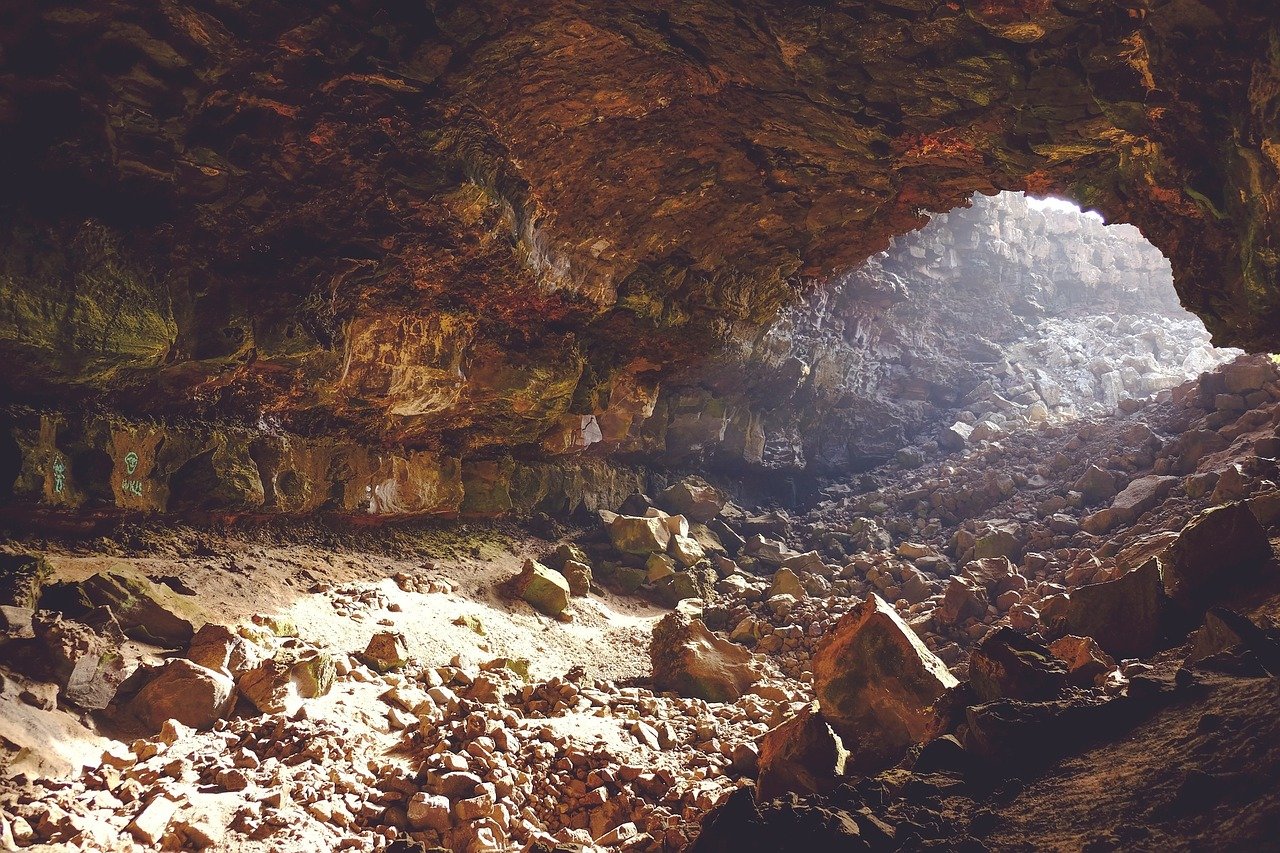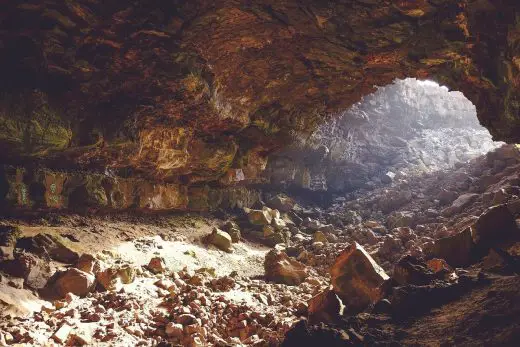How To See Underground Guide, Building Advice, excavating projects Tips
How To See Underground
11 July 2020
Building or excavating projects used to take an educated guess on where underground utilities were located and hope for the best when beginning to dig, but if your guess was wrong it could be a costly mistake. We spoke to Precision Utility Mapping Ireland to get their expert advice on GPR Surveys and concrete scanning.
If you were very lucky, the local planning department might have been able to provide records of all the cables located beneath the surface on your property, but getting those records was a challenge. Today, seeing underground is much simpler, resulting in a safer, cheaper project.
How To See Underground Advice
So what exactly are we looking for underground?
You may not realise the complex network of cables, pipes, lines, and other utilities located just beneath the surface of our society. Often there are systems buried in our gardens and under our streets that provide gas, electricity, water, communications sewage services, and more.
Hitting and damaging these lines during is something you want to avoid. There are minor consequences such as contractor fines or repair costs and project delays as well as major consequences such as electrocution and grave injury to workers on the site.
In order to ensure the safety of everyone working and that you aren’t liable for any problems, one of the first steps in a building project should be to take a look beneath the surface and map out the different utilities that need to be avoided.
What tools so I use to see underground?
When choosing a method for underground utility detection, it is important to understand the strengths and weaknesses of each utility method. Some face interference based on surrounding objects or soil types, some only work on certain terrains, some can only detect certain types of materials. There are also different levels of invasiveness and the type of information that the method gathers to consider.
With so many factors to think about it can be quite difficult to figure out what method to use, but here are the seven main detection methods to look into:
Electromagnetic Locators:
This method is particularly efficient at picking up gas, electric, water, sewage and various other utility lines, particularly those that are made of conductive metals. However, electromagnetic locators are less successful at detecting other materials such as plastic, terra cotta, or asbestos. It uses electromagnetic frequencies to indicate the presence of utilities.
Ground Penetrating Radar (GPR):
This method emits radio waves into the ground to understand the size and depth of utilities beneath the surface. It is a non-destructive method that can be used to find PVC, clay, metal, plastic, water, gas, and power lines, as well as fibre optics, septic tanks, and more. No digging is required and you’ll be provided with a two-dimensional image showing everything the layout of pipes, wires, and cables underground.
However, GPR can struggle on uneven terrains where it is difficult to keep the device close to the ground or move it in a smooth fashion. Certain materials such as de-icing salts or clay soils can also cause interference with the signal and affect the readings you are given, however, this is still one of the most common methods to use as it works completely above ground.
Cable Locators:
This method is useful for locating cables over large distances and uses different levels of frequencies to note the presence and proximity of electric and phone cables.
Acoustic Pipe Location:
This method is particularly useful for plastic pipes that electromagnetic means cannot find, it can also be used on metal, concrete, cast iron, ductile iron, and clay tile pipes. This method sends vibrations down a pipe which then vibrate along the whole pipe and to the earth surrounding the pipe.
A ground microphone is then able to pick up the sound of the vibrations to find its location. This method can also be useful for detecting water leaks in pipes and works beneath many materials such as soil, grass, concrete, gravel, and asphalt.
Magnetometers:
While this method is limited to ferrous metals (aka it can’t pick up on types such as aluminium, brass, and copper), it can typically detect metals that are located further beneath the ground than other methods are able to.
Magnetometers will perform will in heavily wooded areas and on uneven surfaces, making it a better choice than GPR for those terrains, however if there are a large amount of metallic objects nearby, this can interference with the signal and result in unreliable data.
Potholing with Vacuum/Hydro Excavation:
In this method, several small ‘potholes’ are created of about 6 – 12 inches deep along the potential dig area. Using vacuum or hydro excavation, the soil is then pulled away using high-speed suction until any utility lines are revealed. This method can with understanding the line type, any damage to the line, its position, and how deep it is located.
Frequency Locators:
There are two different modes for frequency locators that includes passive and active methods. Generally, transmitters will be connected to a utility line that is partially exposed above ground to supplement the signals received by the frequency locator. This is helpful for finding fibre optic, phone lines, and electric lines by detecting the energy emitted from the buried lines.
Further Methods:
There are other methods too, such as dowsing and manhole locators, that are less common or more specific that can be explored as needed. However, most commonly GPR and electromagnetic locators will be used to detect utilities unless another method is needed.
What do I do with the information about what’s underground?
Once all the utilities are detected, they need to be mapped out above ground to provide a clear guide for workers. There is a universal colour coding for underground utilities that is used, with flags of different colours being places in the ground to mark the path of different utility types. Red flags denote electricity, yellow flags signify gas, green is for sewage, and orange is for communication.
And with all that knowledge, you’re ready to see underground and get started on your building project.
Comments on this guide to How To See Underground article are welcome.
Underground and Heating Articles
Underground / Heating Posts
Living and insulation under earth
Property Articles
Comments / photos for the How To See Underground Guide page welcome


